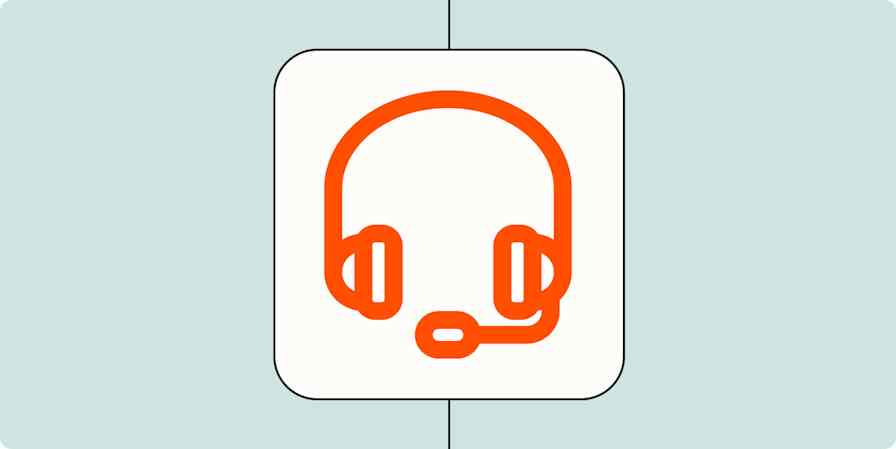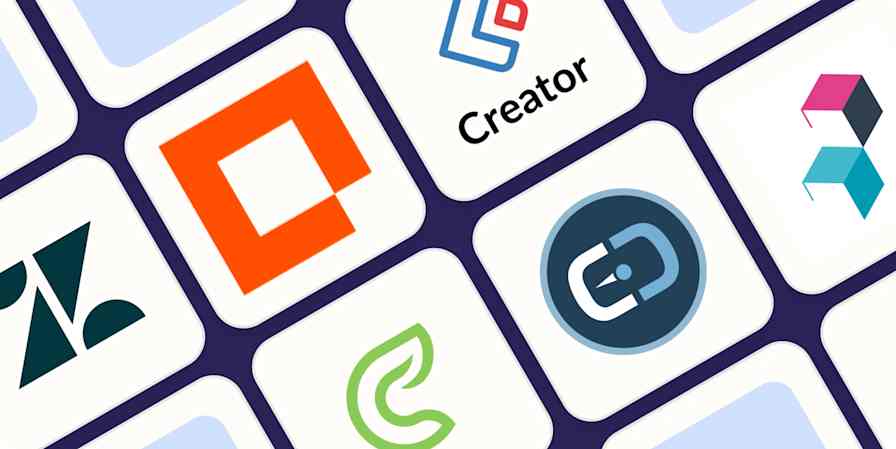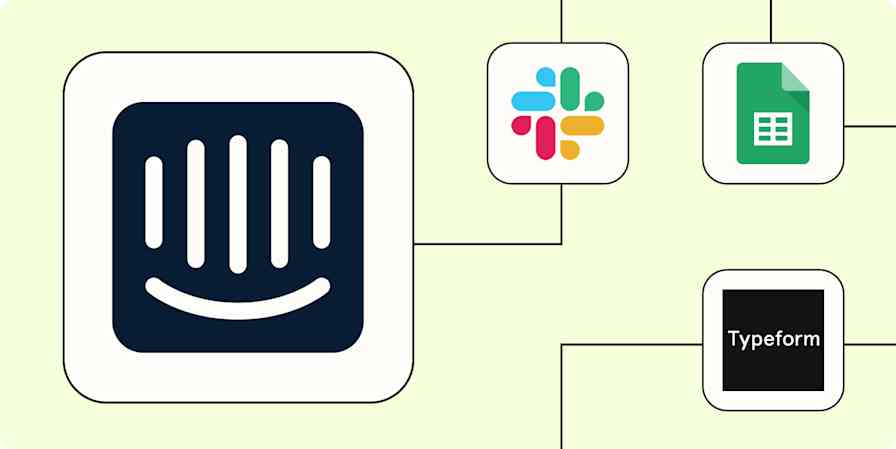Business tips
6 min read4 Rules of Improv and How They Relate to Customer Support
By Micah Bennett · December 3, 2015
Get productivity tips delivered straight to your inbox
We’ll email you 1-3 times per week—and never share your information.
tags
Related articles
Improve your productivity automatically. Use Zapier to get your apps working together.








